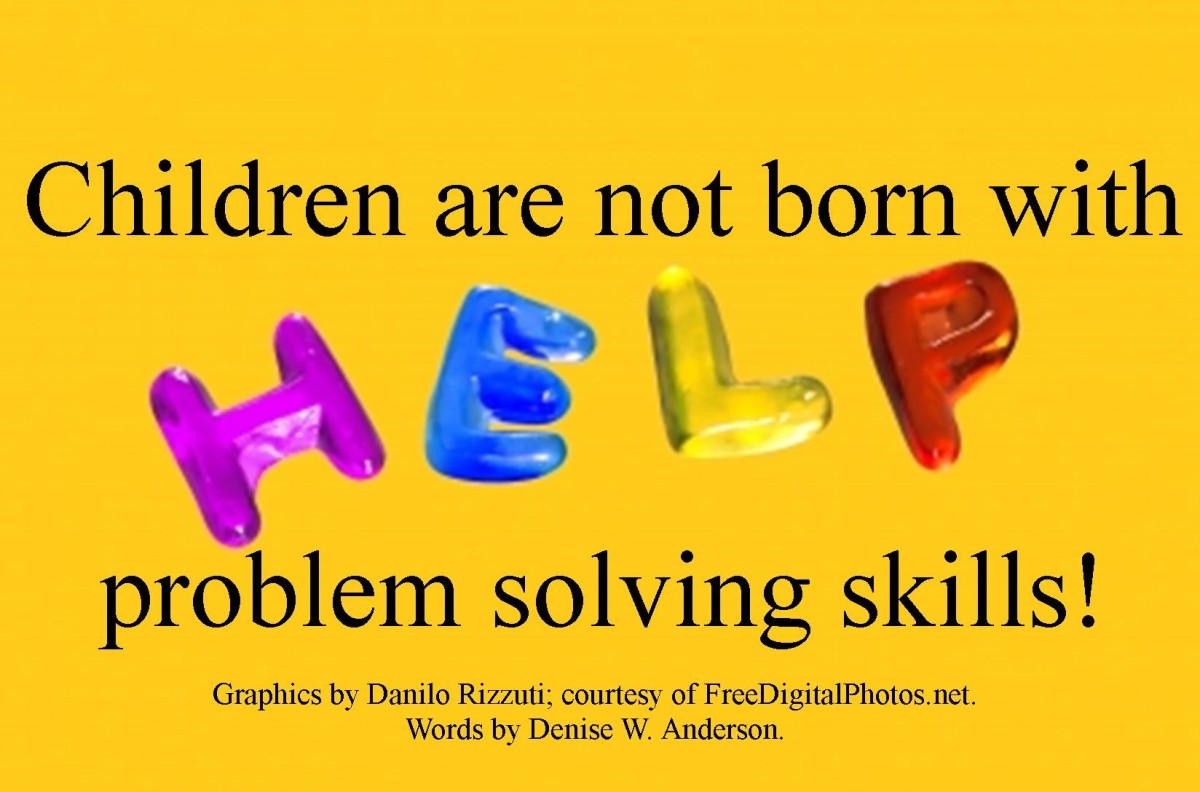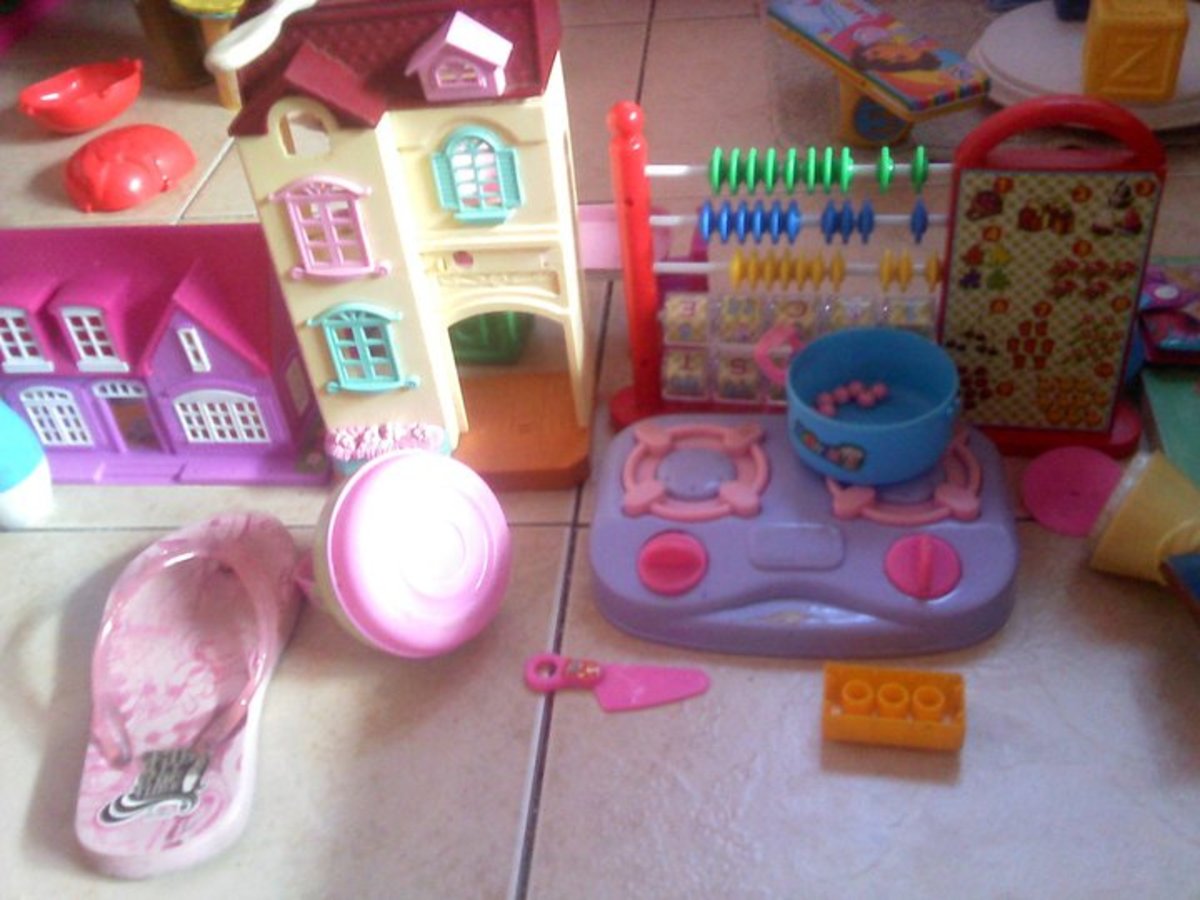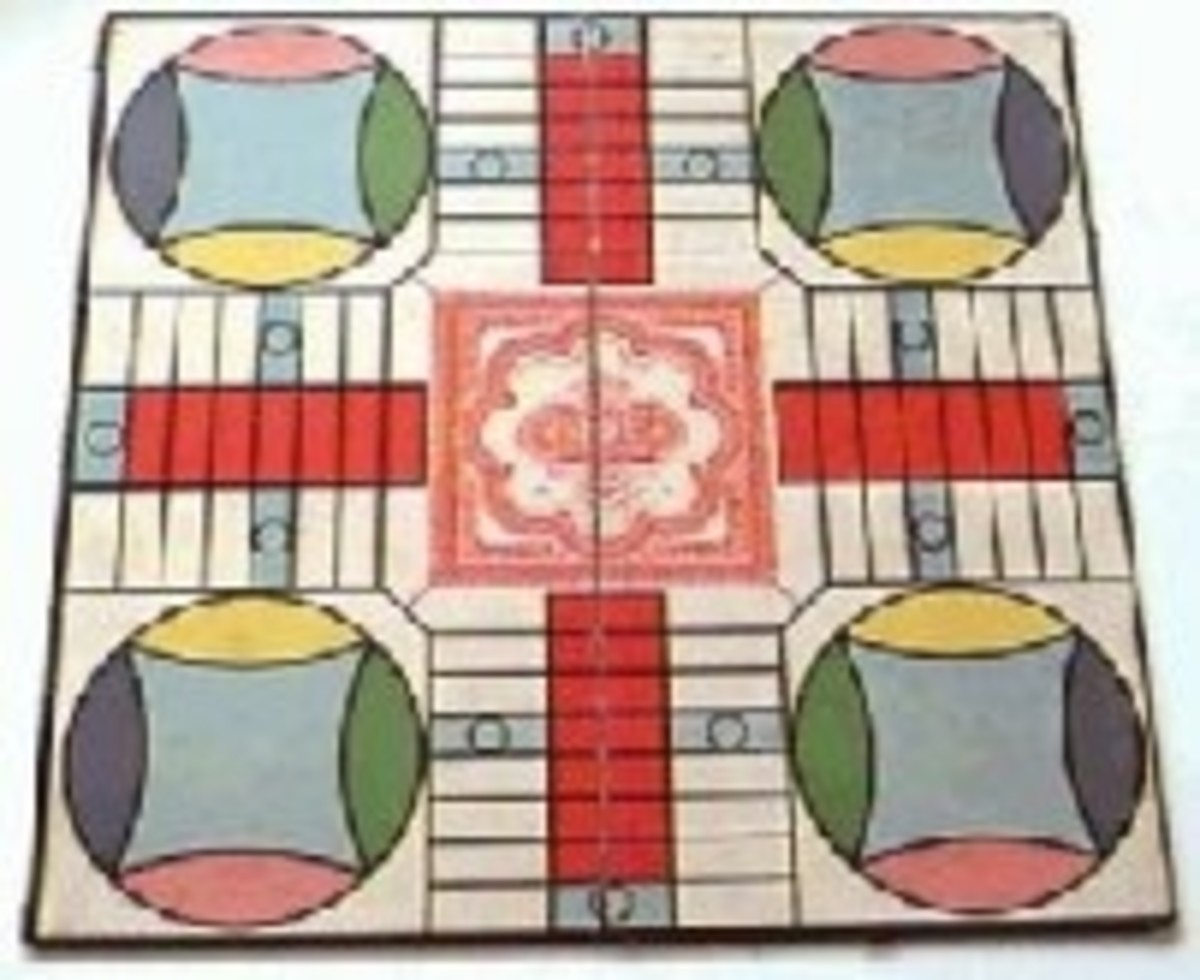How to Minimize and End the Temper Tantrums

Methods for Ending a Temper Tantrum (AKA The Meltdown)
If you are reading this article, please understand that you are not alone in your quest to end the red-faced, blood-curdling screams accompanied by writhing on the floor tantrums of your child. Also understand that it is natural for a young child to express frustration and anger in such a manner. Young children do not always know how to calm themselves and politely express what is bothering them. They often need to be taught calming techniques and alternate ways of expressing and showing frustration and anger. The following paragraphs will teach you how to minimize tantrums and their duration.
Take Care of Basic Needs
Temper tantrums can arise for various reasons. If your child is in the middle of a fit because he is hungry, tired, or dirty - you're in luck because the fixes are simple to implement: feed, nap, or change your child. Another easy-to-solve tantrum occurs when your child is sick. The grumpies can even get the best of adults when we are ill. Think of things that may comfort your child and try them. Unfortunately, if those comforting techniques do not work, you may just have to stick out the illness and resign yourself to the fits. Most likely, your child will return to his normal self once he feels better.
Be Consistent With Reactions and Stick to Decisions
A temper tantrum can also arise because your child is not getting what he wants. For example, you just finished grocery shopping and you enter the checkout line. Your child notices that candy display and asks for a pack of gum. You tell him no and a fit ensues. If you hand him the gum to quiet him down, you will reinforce the behavior by rewarding him for screaming and crying. But surely you do not want to stand in line for the next 10-15 minutes with a wailing banshee and a captive audience after working 9 hours. There are a few different ways to deal with this scenario. Most importantly, do not change your mind and give your child the pack of gum, no matter how inexpensive it is. Stick firm to your decision and try whispering a secret into your child's ear. His curiosity will get the best of him and he will quiet down to hear what you are saying. The sillier the secret, the better this technique works. If your child is old enough to understand, explain that the tears will not change your mind and that a suitable punishment will be waiting once you both arrive home. When you get home be sure to apply the punishment, whether it is a 5 minute time-out or going to bed 10 minutes earlier that night. Once your child realizes you are not going to give in to the tantrums and that you are going to stick to your guns, the tantrums will decrease drastically.
Teach Coping Skills for Frustration and Disappointment
You are well aware that life is full of frustrating and disappointing situations. Over time you have learned to deal with frustration sans the temper tantrums (hopefully) and you have learned coping mechanisms for dealing with disappointment. Young children may act out during frustrating situations because they do not yet know how to calm themselves and may have yet to fully master all the skills necessary for daily functioning.
Frustration
There are two main types of frustration. One stems from events we cannot control and the other stems from an inability to do perform a task successfully. Modeling is the best method for dealing with temper tantrums stemming from both situations. Let your child witness you getting frustrated over something you cannot control. Talk out loud about the issue upsetting you and about possibilities for eliminating the frustration. For example, you are frustrated by a very slow internet connection. Tell your child that the slow connection is tremendously frustrating because you need to have something done quickly. Also mention that there is nothing you can do about the speed of the connection and that it is pointless to let it upset you so much. Then mention different ways you can deal with the frustration, your decision for dealing with it, and why you chose it. You can say, "I am frustrated it is taking so long to load this picture I need to print for a report. Since I can't speed up time, I will do something else while I wait. I know, time will pass faster if I keep myself busy. I will read my magazine while I wait." Similarly, let your child witness you getting frustrated about something you are unable to do. State that you are having a difficult time solving a puzzle. Let your child hear you talk out loud about persistence. "If I keep thinking and trying, I will eventually get it." Then actually sit and think until you get the answer and let your child see you excitedly finish the puzzle. You can also mention to your child that you would have asked someone for help if you had not been able to get the answer yourself. It is important for children to know they can ask for help if they need it.
Disappointment
Disappointment can come in many forms, such as someone who didn't call when they said they would, not getting something you truly thought you would, or someone breaking a promise, whether of their own fault or not. Disappointment can arise so frequently that it is important for your child to learn to deal with it as early as possible. Shielding your child from disappointment may seem like a good idea now, but you won't always be around to provide that protection. Junior needs to learn coping skills he can use on the road, so to speak. Let your child witness you disappointed over something. Explain who or what disappointed you and why. For example, you did not get a telephone call you were promised, and you had been waiting on it all day. You can say, "I was really looking forward to that phone call. I wish my sister wouldn't have said she'd call at noon if she didn't mean it." Then let your child hear you move on from the disappointment. Tell him, "Oh, well. I didn't get the call I wanted. No point wasting the rest of the day being upset about it. Let's go play a game together." Let your child know that it is fine to be disappointed for a while, but not to wallow in the negative feelings. Learning coping skills for disappointment through trivial situations will help your child prepare for true disappointment later in life, should it present itself.

To summarize:
- Meet basic needs that may be causing your child discomfort, such as being tired or hungry.
- Be consistent with reactions to tantrums and stick to your decisions. Do not pay massive amounts of attention to tantrums or they will become a way of getting to you. Also, don't change your mind on a decision just because of a tantrum. If you give Junior the pack of gum because he threw a fit, you are bound to get more fits when Junior does not get his way later on.
- Use modeling to teach your child to deal with frustration and disappointment because both are a natural part of life.










